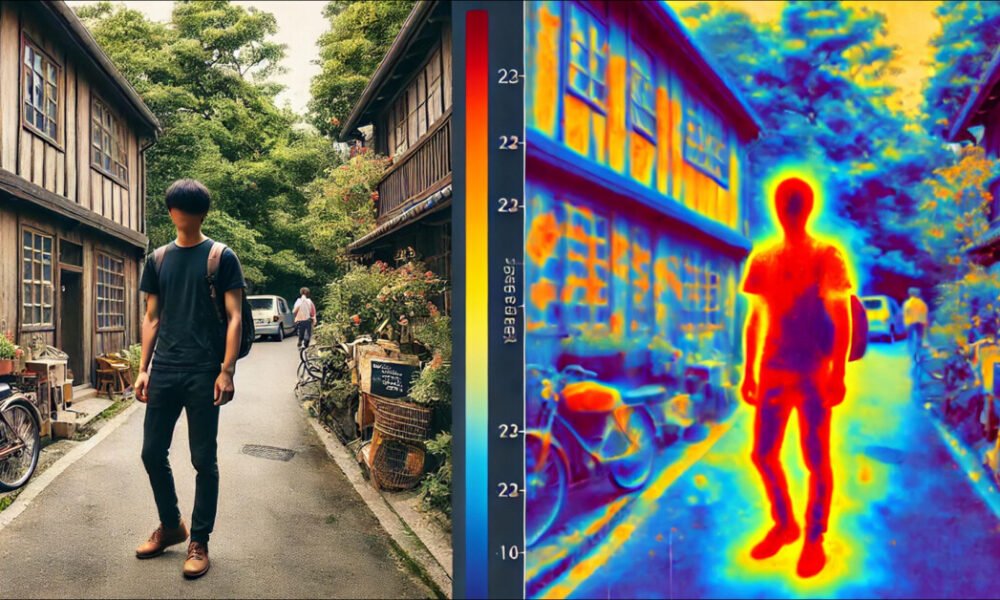TikTok Empowers Users to Control AI-Generated Content
TikTok is evolving beyond user-generated content with the launch of a new feature that lets users customize how much AI-generated content appears in their “For You” feed. The update includes advanced labeling technologies for better transparency over AI-generated content.
New AI Content Control in the “Manage Topics” Tool
The AI-generated content (AIGC) control will be integrated into TikTok’s “Manage Topics” feature, allowing users to select what content they wish to view.
Tailoring Your Feed: Adjusting Content Preferences
According to TikTok, “Manage Topics allows users to customize the frequency of content across more than 10 categories such as Dance, Sports, and Food & Drinks.” The AIGC feature aims to diversify feeds without completely removing any types of content.
Industry Trends: The Rise of AI-Only Feeds
This update comes in response to competitors like OpenAI and Meta, both of whom have launched AI-centric platforms. Meta introduced Vibes, a feed for short AI-generated videos, while OpenAI quickly followed with Sora, a new social media app.
Creative Uses of AI on TikTok
Following Sora’s launch, TikTok has seen a surge in realistic AI-generated videos, with users creatively using AI to produce visuals related to diverse topics such as history and celebrities.
Adjust Your Content Preferences with Ease
Users can easily access this feature by navigating to Settings, selecting “Content Preferences,” and using the “Manage Topics” option to adjust their interest in AI-generated content.
Upcoming Rollout and Advanced AI Labeling Technology
TikTok plans to roll out these changes in the coming weeks. Additionally, they are testing a new technology called “invisible watermarking” for improved labeling of AI-generated content.
The Importance of Reliable Content Labeling
Currently, TikTok requires users to label AI-generated videos and employs a cross-industry technology called Content Credentials. However, these labels can be altered or removed when content is shared elsewhere.
New Watermarking Technology for Enhanced Security
The forthcoming invisible watermarks will provide an extra layer of security, making it more difficult for users to remove identification from AI content created with TikTok’s in-app tools. This will bolster the platform’s ability to accurately categorize and label AI-generated content.
A $2 Million Fund for AI Literacy Initiatives
In conjunction with these improvements, TikTok has announced a $2 million AI literacy fund aimed at organizations such as the nonprofit Girls Who Code, to help educate the public on AI safety and literacy.
Here are five FAQs about TikTok’s new feature that allows users to choose how much AI-generated content they want to see:
FAQ 1: How does TikTok’s new AI content feature work?
Answer: TikTok now allows users to customize their experience by choosing how much AI-generated content they’d like to see. Users can adjust settings in their preferences to either increase or decrease the amount of AI-generated posts in their feed, giving them more control over their viewing experience.
FAQ 2: Why did TikTok introduce the option for AI-generated content?
Answer: TikTok introduced this feature to enhance user experience and cater to individual preferences. By allowing users to choose their level of AI-generated content, TikTok aims to create a more personalized feed, ensuring that users engage with content that resonates with them.
FAQ 3: How can I adjust my settings for AI-generated content on TikTok?
Answer: To adjust your AI content settings, go to your profile, tap on the settings icon, and look for the "Content Preferences" section. Here, you can specify how much AI-generated content you want to see by sliding the relevant settings to your preferred level.
FAQ 4: Will adjusting my AI content settings affect my overall TikTok experience?
Answer: Yes, adjusting your AI content settings will influence the types of videos that appear in your feed. By customizing these settings, you can enhance the relevance of the content you see, allowing for a more enjoyable and tailored TikTok experience.
FAQ 5: Is AI-generated content clearly labeled on TikTok?
Answer: TikTok aims for transparency and is working on labeling AI-generated content so users can easily identify it. This way, users can make informed choices about the content they engage with, ensuring they are comfortable with the type of posts appearing in their feed.







